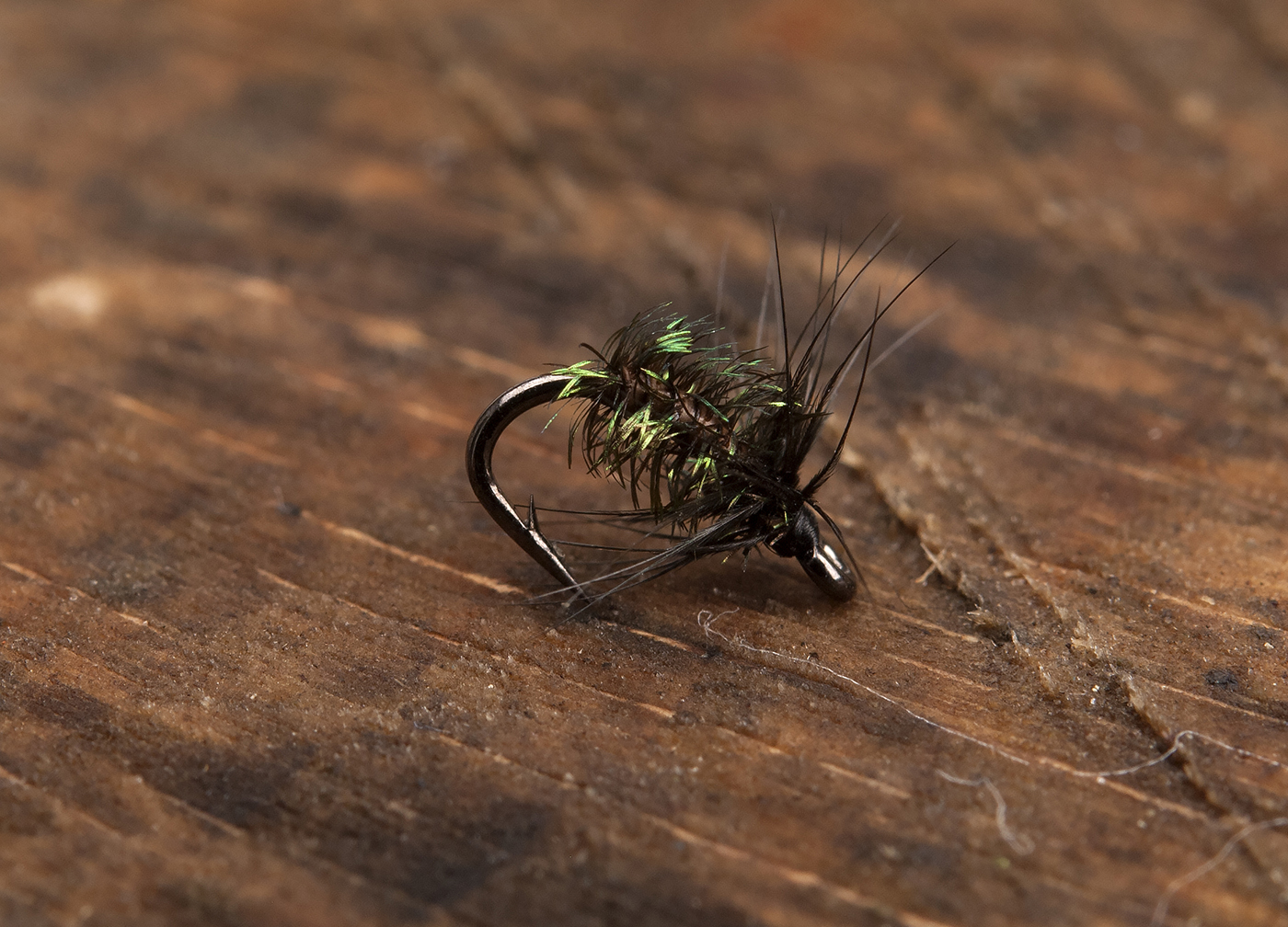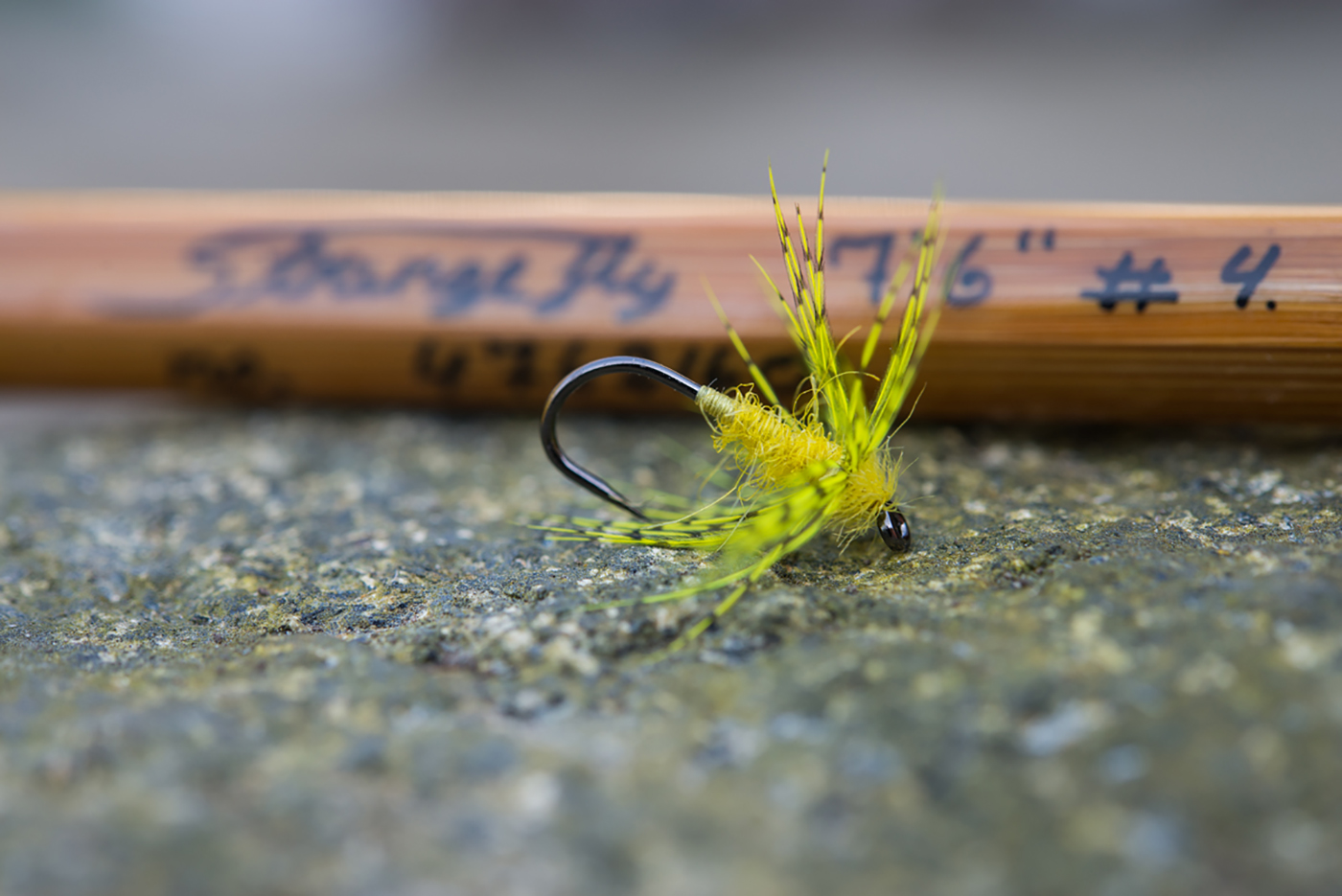
We have a saying in Danish, which directly translated goes “Dear child has many names”, which is another way of saying that we have many different ways of talking about the things we really love. Among the simplest of flies – perhaps the simplest of them all, except for Oliver Kite’s “Bare Hook Nymph”, which was a hook with a copper wire thorax, are the softhackles, also knwn as flymphs (flymer in Swedish), spiders and perhaps most correct as North Country Wets.

They are in their simplest form a body made of the tying thread (which was often genuine silk thread) and a hackle, often from a plain game bird. These are flies from the days where you would have been thrown out of the pub if you even mentioned that sometime in the future, we would see geneticists breeding birds primarily for the quality of their feathers, for flytying purposes.
These flies could very well be as old as flyfishing itself and many of the patterns can be traced back as far as the 18th century. If you’re interested in the history of these flies, I deeply recommend the book, The North Country Fly by Robert Smith (and of course the “original” classic works of Edmonds & Lee, Pritt and Stewart). Robert Smith’s book does an excellent job of unrolling the origins, the history, the important people, the way to fish them and of course tie them.
Check out Robert’s website here
As old and as classic as these flies are, and however reluctant we might be to mess with them, it’s important to accept the fact that the fishermen of those days were practical anglers, and if they weren’t able to obtain a hackle feather from a landrail (now a preserved species), they too did what we did and found something a suitable substitute (there’s a excellent chapter on substitutes in Robert’s book as well). And of course we shouldn’t stop developing patterns either.

When you look through the old books and lists of North Country Wets, you’ll fail to find imitations of the Heptagenia sulphurea (yes, I know I wrote about that a few weeks ago too). That’s most likely because the species wasn’t present in the northern parts of England back then. Oliver Edwards once told me that the species has increased dramatically in his life time.
Oliver Edwards himself has a simple imitations (and yes, almost all the classic North Country Wets were in fact imitations with a designated “season”), which is a yellow, dubbed body and a dyed yellow hen hackle. And there was really no reason to change that. However, I have always had a affection for the herl-headed North Country Wets, so some years ago I set about creating one.

I ended up with this fly – almost as simple. Body of dubbed, dyed yellow seal’s fur, and dyed yellow partridge hackle (this one tied with one Håkan Karnäser dyed for me) and a head of bleached-and-dyed-yellow peacock herl. Oliver Edwards’ pattern is simply called Yellow May Spider and since Oliver Edwards has been a huge inspiration to me, I call mine Yellow Oliver.
It does an excellent job in May and June when the trout and grayling are on the sulphurs, which can hatch in quite heavy numbers. One of the many interesting aspects of this type of fly is that the English have their traditional style, very old, but primarily known to the world today due to writes as Edmonds & Lee, Stewart (a Scotsman) and Pritt. The Swedish have their own style, which I believe was popularized by Gunnar Johnson and Anders Forsling primarily and in the US, their “softhackle wet” is attributed primarily to Jim Leisenring.
Across continents these simple flies continue to catch trout and grayling as they have done through centuries, and if you haven’t got any in your box, I urge to tie some and read a little about the fishing technique. Sometimes they’re really effective.
